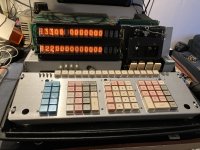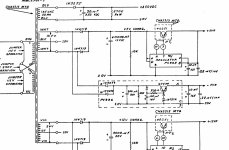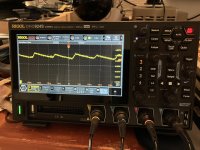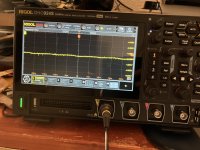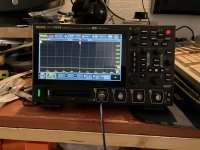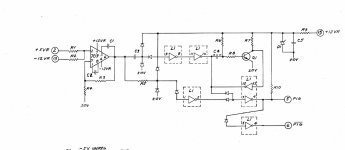BlaBla1985
Experienced Member
And just to confirm at least 1 thing, running the machine with just the other card in the X slot (with the weird diode) results in a completly undstable machine around that 180 V AC mark... and a shimmering display above that 180 V AC mark with a rapidly heating diode. So that is at least part of the problem... I wonder if something in the voltage regulation is now also unhappy.
If it's zeners that are going out of spec and thus draw more power then needed, why does the machine run on a lower voltage? Are they then more in line with what would be expected?
If it doesn't hurt anything else in there I would happily keep it at around 180 V AC and use it like that. I guess the cassette mech would not work well, mainly the motor, but I mostly use the tape adapter and laptop for loading and saving and that seemed to work fine at a lower voltage.
If it's zeners that are going out of spec and thus draw more power then needed, why does the machine run on a lower voltage? Are they then more in line with what would be expected?
If it doesn't hurt anything else in there I would happily keep it at around 180 V AC and use it like that. I guess the cassette mech would not work well, mainly the motor, but I mostly use the tape adapter and laptop for loading and saving and that seemed to work fine at a lower voltage.

